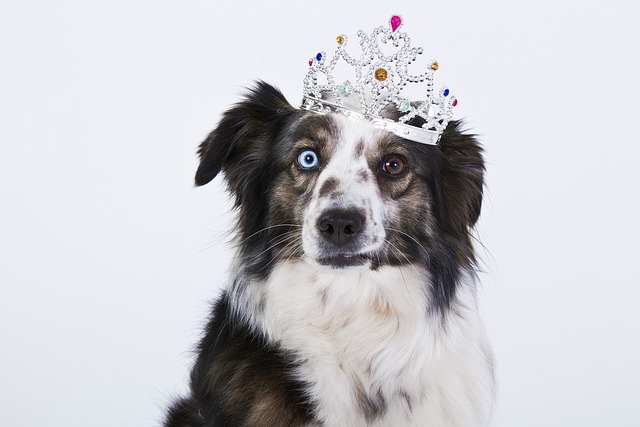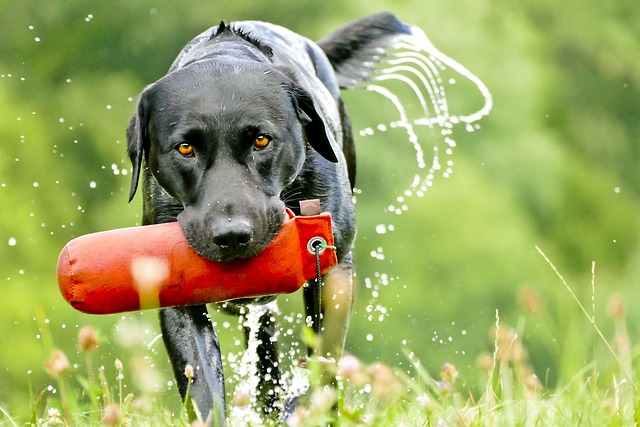
What do groomers use for shedding
When Sarah first brought home her golden retriever, she spent weekends vacuuming piles of fur from her couch—and found herself picking strands out of her coffee mug more often than she’d like.
Watching your dog obsessively lick their paws can be nerve-wracking. That repetitive motion might seem harmless at first, but it can quickly turn into raw, irritated skin. When searching for solutions, you may have heard the home remedy of using white vinegar—and while it’s a common household staple, slathering it on your dog’s paws isn’t as straightforward as it sounds.
Before reaching for the vinegar bottle, it’s crucial to understand why your dog is licking. Is it due to dry skin, an allergy, or something stuck between their toes? In many regions, animal welfare regulations emphasize addressing the root cause of a pet’s discomfort rather than just masking symptoms. Ignoring the underlying issue could lead to more serious problems, and in some cases, improper self-treatment might even violate local pet care guidelines.
White vinegar’s strong smell is often touted as a deterrent. The acidic nature of vinegar might make the area less appealing for licking, and it does have some antibacterial properties. However, dogs have extremely sensitive paws, and the pH balance of their skin is different from ours. Applying undiluted vinegar can cause stinging, redness, or chemical burns. In fact, many vets warn against using harsh substances on pets without professional guidance, especially since some local laws require pet owners to use approved products for animal care.
 If you’re tempted to try vinegar as a last resort, always dilute it first. Mix one part white vinegar with three parts water and test a small area on your dog’s leg, waiting 24 hours to check for any adverse reactions. But remember, this is at best a temporary fix. In some parks or communal areas, using unregulated substances on pets can be frowned upon, as it may affect the local environment or pose risks to other animals.
If you’re tempted to try vinegar as a last resort, always dilute it first. Mix one part white vinegar with three parts water and test a small area on your dog’s leg, waiting 24 hours to check for any adverse reactions. But remember, this is at best a temporary fix. In some parks or communal areas, using unregulated substances on pets can be frowned upon, as it may affect the local environment or pose risks to other animals.
Rather than relying on DIY solutions, start with a thorough inspection. Gently lift each paw to check for cuts, thorns, or signs of infection. In many countries, pet insurance often covers vet visits for these types of issues, making professional help more accessible. Your vet can perform allergy tests, prescribe medicated creams if needed, and offer advice tailored to your dog’s specific needs.
There are also safer, commercially available products designed to deter licking. Bitter-tasting sprays formulated for pets can be an effective alternative. These are typically made with non-toxic ingredients and are compliant with most animal product regulations. Just like with any new product, read the label carefully and make sure it’s suitable for your dog’s age and size.
In the end, caring for your dog’s paws goes beyond quick fixes. Consistent grooming, regular walks on soft surfaces to avoid abrasions, and keeping their living area clean can prevent many licking problems. If the behavior persists or gets worse, don’t hesitate to consult a professional. Your dog depends on you to make informed decisions, and when it comes to their health, it’s always better to be safe than sorry.

When Sarah first brought home her golden retriever, she spent weekends vacuuming piles of fur from her couch—and found herself picking strands out of her coffee mug more often than she’d like.

Unlock the secrets to safe, soothing puppy teething with vet-approved chews—protect your pup and your home during this challenging stage.

Let’s start with the honest truth: grabbing kitchen scissors to trim your dog’s overgrown fringe might seem like a quick fix, but it’s a high-stakes haircut.

You’ve just settled on the couch for a movie night when your dog’s nails start clicking across the hardwood like tiny tap dancers. Or maybe you notice them slipping on the kitchen tiles more often.

Let's be honest, that moment when you pull out the brush and your dog suddenly remembers a very important appointment behind the sofa is pretty universal.

Picture this: it’s bath time for your pup, and you’re fresh out of dog shampoo. As you reach for your own coconut-scented shower gel, you pause – could this work? Let’s be honest,